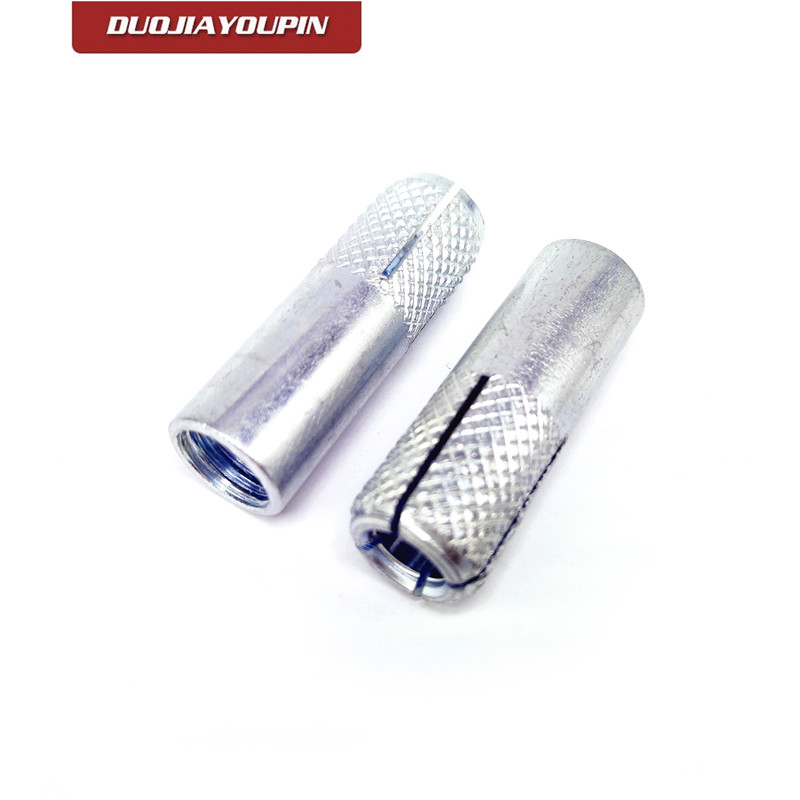DETROIT – Have you ever wondered what lock washers are and how they work? Well, the purpose of lock washers and how they work is a question many engineers and construction workers frequently ask and inquire about.
With all the different types of lock washers available, it may seem difficult at first glance to know how they all work. Fortunately, with the help of this brief article, you’ll soon find out that learning about the different lock washer types and their functionalities isn’t really science fiction. While there are many ways to use them, for the most part, lock washers don’t differ much in their uses. Double Sided Hex Bolt

Below, we’ll discuss their function, the different types of lock washers, the common materials used in their production, and their broad use-case applications.
First off, let’s discuss the purpose of lock washers. The main intention of lock washers is to keep nuts and bolts in places, such as a piece of furniture or a car, but there are also other applications for them.
For example, some people use lock washers with screws when putting up drywall or installing wood trim. These washers help keep the screw heads from protruding through the surface of the material being fastened. Some people even use them with nails when hanging pictures so that the nail heads don’t stick out too far from the wall.
There are many different types of lock washers, each with a different purpose. Some are designed to prevent fasteners from vibrating loose. These include split and tooth lock washers. Split lock washers have an angled split that creates tension when the bolt is tightened. Tooth lock washers have teeth that bite into the surface of the mating part to prevent it from turning.
Another type of lock washer is the conical helical spring washer, which has a conical shape and is used to provide a preload between two parts. A tab lock washer has a small tab or protrusion on its underside that fits into a notch in the bolted part when tightened. There are also snap rings and square-cut lock washers, both of which are used in applications where rotation must be prevented at all costs.
However, the most common type of lock washer is the basic, flat one, which looks like two thin plates with a gap between them. The gap allows the plates to flex outward as they’re tightened, creating tension. This tension holds the nut in place during vibration or other disturbances by preventing it from spinning off along with the bolt. Nevertheless, flat washers do not prevent bolts from backing out under their own weight or due to vibration, so they should never be used on fasteners that are under mechanical stress.
The materials used to make a lock washer are of great importance. For instance, steel is one of the most common materials used to make lock washers because it has good corrosion resistance and is strong enough for most applications. Moreover, some steel lock washers are plated with zinc to further increase corrosion resistance.
Stainless steel is another popular material for the manufacturing of external tooth lock washers because the material is strong, durable, resistant to damage, holds up well in tough environments, and is easy to clean. This type of metal is popular for use in food processing plants and other facilities where hygiene is a top priority.
Finally, copper makes an excellent internal tooth lock washer because it has high electrical and thermal conductivity, which makes it great for use with electrical components like wires and terminals. Copper also has good corrosion resistance and can be used in water-based solutions like saltwater tanks without wearing out over time.
Lock washers are mainly used in two scenarios. The first is in situations where a bolt must be able to spin freely in its hole without the screw behind it turning. The second is in locking fasteners, the washer acts as a barrier to prevent its bolt from backing out of its hole.
In any case, they act as simple mechanical buffers between their corresponding parts: either keeping the bolt from turning (by taking up space) or preventing the bolt from backing out (by serving as an obstacle to overcome).
These types of washers are designed with safety in mind as well. They will automatically “lock” themselves once they are tightened down onto an object or bolt, preventing anyone from being hurt by loose parts that might fall off during the process of tightening or loosening.
This is especially true when dealing with heavy materials where things might become too heavy for one person to hold and still turn the nut simultaneously. This also eliminates the chance of someone being injured while working .
Hopefully, this will give you a better idea of the purpose, design, and use of lock washers. If you’re interested in applying these principles in your life, try them out next time you need to secure nuts and bolts together. It’s definitely an easy way to keep things secure.
This article was provided by Paul Williamson
Notify me of follow-up comments by email.

Lock Washer Torque Notify me of new posts by email.